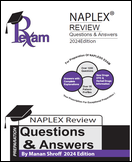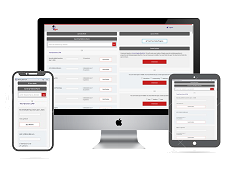
Dupixent (Dupilumab) is a fully-human monoclonal antibody that inhibits the signaling of the: [Select ALL THAT APPLY].
a. IL-4
b. IL-8
c. IL-13
d. IL-20
e. IL-23
Dupixent (Dupilumab) is a fully-human monoclonal antibody that inhibits the signaling of the: [Select ALL THAT APPLY].
a. IL-4
b. IL-8
c. IL-13
d. IL-20
e. IL-23
Answer: a, c
Atopic dermatitis usually develops in early childhood and is more common in people who have a family history of the condition.
The main symptom is a rash that typically appears on the arms and behind the knees, but can also appear anywhere.
The active ingredient found in Dupixent (Dupilumab) is Dupilumab. It is the first biologic medicine for children aged 6 to 11 Years with Moderate-to-Severe Atopic Dermatitis.
Dupixent (Dupilumab) is a fully-human monoclonal antibody that inhibits the signaling of the interleukin-4 (IL-4) and interleukin-13 (IL-13) proteins, and is not an immunosuppressant.
IL-4 and IL-13 are key drivers of the type 2 inflammation that plays a major role in atopic dermatitis, asthma and chronic rhinosinusitis with nasal polyposis (CRSwNP).
Dupixent (Dupilumab) is an interleukin-4 receptor alpha antagonist indicated:
1. for the treatment of patients aged 6 years and older with moderate-to-severe atopic dermatitis whose disease is not adequately controlled with topical prescription therapies or when those therapies are not advisable.
2. as an add-on maintenance treatment in patients with moderate-to-severe asthma aged 12 years and older with an eosinophilic phenotype or with oral corticosteroid dependent asthma.
3. as an add-on maintenance treatment in adult patients with inadequately controlled chronic rhinosinusitis with nasal polyposis (CRSwNP).
The recommended dose is an initial dose of 600 mg (two 300 mg injections in different injection sites), followed by 300 mg given every other week.
Most common adverse reactions (incidence ≥1%) are injection site reactions, conjunctivitis, blepharitis, oral herpes, keratitis, eye pruritus, other herpes simplex virus infection, and dry eye.
www.pharmacyexam.com Try our Naplex Questions QBank.



